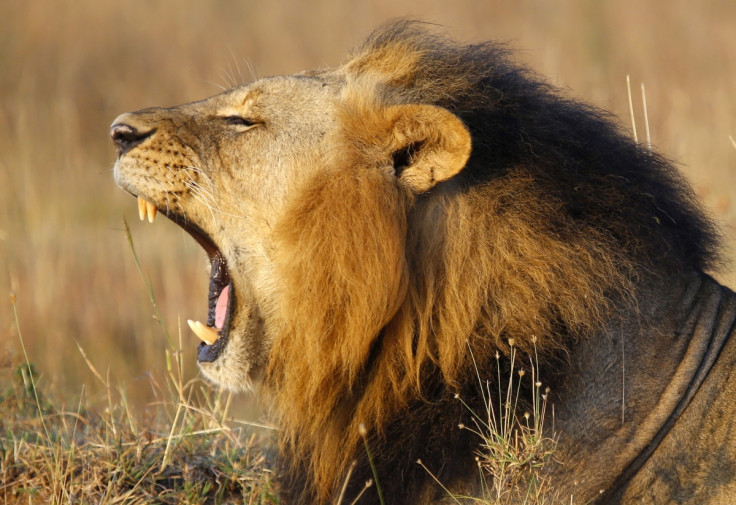Oxford university team finds large lion population in Ethiopia, Sudan

Conservationists are jubilant after the discovery of a massive group of lions in a remote Ethiopian national park, ending years of sharp decline in their numbers. The University of Oxford said up to 200 lions could be living in Ethiopia's Alatash National Park and an adjacent park in Sudan.
Although the north-west region of Ethiopia, bordering Sudan, was thought to be a natural habitat for the big cats, such huge numbers were never found as the place was hardly visited. The lions were found during an expedition by the University of Oxford's Conservation Research Unit.
The latest finding has raised hopes for the species, which is currently classified as "vulnerable". The Born Free Foundation has confirmed the existence of the lions through images captured by motion-sensitive cameras placed in the area.
The wildlife conservation group said in a statement: "The confirmation that lions persist in this area is exciting news. With lion numbers in steep decline across most of the African continent, the discovery of previously unconfirmed populations is hugely important."
Lead researcher Hans Bauer, who led the Oxford university expedition, said, "Considering the relative ease with which lion signs were observed, it is likely that they are resident throughout Alatash and Dinder. Due to limited surface water, prey densities are low and lion densities are likely to be low."
A conservative estimate of density in the range of one or two lions per 100 sq km seems reasonable, he added. Consequently, on a total surface area of about 10,000 sq km, this would mean a population of 100-200 lions for the entire ecosystem, of which 27-54 would be in Alatash, Bauer said.
Alatash is adjacent to the larger Dinder National Park, which is in Sudan. According to estimates, Africa's lion population has come down from 500,000 in the 1900s to less than 200,000 in the middle of the 20th century. The number has halved in Africa since the 1990s with current estimates suggesting there are 20,000 lions in the wild across the continent. Increasing hunting and animal habitat destruction are thought to be primary reasons for the steep decline in their numbers.
The Oxford discovery could prove to be additionally more significant as the lions may belong to a Central African sub-species, whose population is a mere 900. Environmentalists are also hopeful of working closely with the Sudanese and Ethiopian governments for conservation of the lion population.
"We need to do all we can to protect these animals and the ecosystem on which they depend, along with all the other remaining lions across Africa, so we can reverse the declines and secure their future," said Born Free's chief executive Adam Roberts.
© Copyright IBTimes 2024. All rights reserved.






